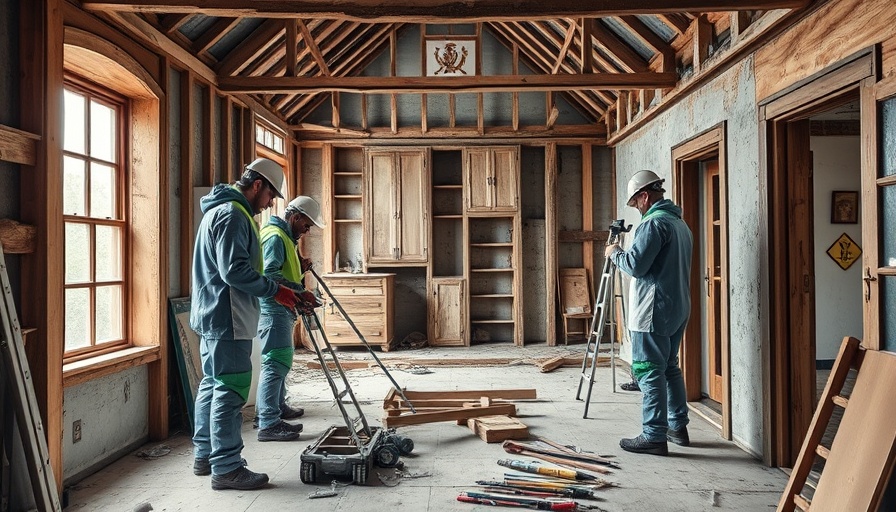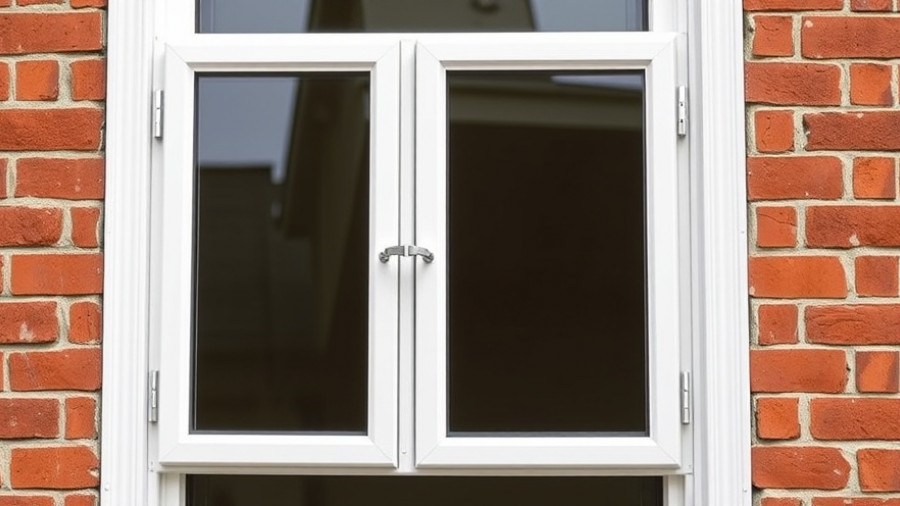
Why Hazardous Material Awareness is Crucial for Home Renovators
If you’re considering purchasing a fixer-upper, being aware of hazardous materials is not just a precaution—it's crucial for your safety and health. Houses built before the 1980s are particularly vulnerable to containing substances like lead paint, asbestos, and mold. These materials can pose serious health risks, ranging from respiratory issues to severe neurological problems, especially in children and pregnant women. For contractors and homeowners alike, understanding how to identify and manage hazardous materials can prevent costly mistakes and ensure a safe living environment.
Unveiling Common Hazardous Materials in Older Homes
As you embark on your renovation journey, it’s essential to have a clear understanding of common hazardous materials that might be lurking within those walls. Here are three significant hazards to watch for:
- Lead Paint: Often found in homes built before 1978, lead paint can chip and create toxic dust if not properly managed during renovations.
- Asbestos: Used for insulation and fireproofing, asbestos poses serious health risks when disturbed. It requires professional removal to mitigate exposure.
- Mold: This can grow in damp areas, such as basements and bathrooms, emitting spores that can cause respiratory issues.
Identifying Hazardous Materials: Essential Tips for Homeowners
Before starting any renovations, consider these tips for identifying hazardous materials:
- Visual Inspections: Look for peeling paint, insulation materials that seem old, or signs of water damage that could indicate mold.
- Professional Assessments: Hire professionals to conduct a thorough inspection and testing where necessary. Home inspection services often include tests for lead and asbestos.
- Research the Property History: Familiarize yourself with the history of the property—knowing when it was built and any prior renovations can be vital.
The Importance of Safety Protocols in DIY Projects
If you're a DIY enthusiast, safety protocols are paramount. Ensure you take the right precautions when dealing with identified hazardous materials:
- Protective Gear: Always wear protective gear such as masks and gloves when handling materials that may contain toxins.
- Containment Practices: Use plastic sheeting to contain areas where hazardous materials may be present. Proper containment prevents exposure and cross-contamination.
- Dispose Responsibly: Ensure hazardous materials are disposed of in line with local regulations—many regions have designated disposal facilities for such materials.
Hiring Professionals: When to Seek Help
While many homeowners are equipped to handle minor renovations, hazardous materials often require professional intervention. If you suspect any hazardous materials in your home, it is often best to bring in experts. Professionals not only have the training to handle dangerous materials safely but also carry the necessary licensing and insurance to protect you from liability issues.
The Future of Home Renovations: Sustainable Practices and Safe Environments
As we move forward, the conversation around home renovations is shifting towards sustainability. Homeowners increasingly seek eco-friendly alternatives that do not compromise health and safety. By proactively addressing hazardous materials, homeowners can also embrace sustainable practices, utilizing safe, non-toxic materials that support both environmental health and personal well-being.
Final Thoughts: Prioritizing Safety Before Renovation
Addressing hazardous materials in a fixer-upper isn’t just a recommendation; it’s imperative. Taking the time to assess and manage hazards before embarking on your renovation journey ensures not only the safety of those who will live in the home but adds value to your investment.
If you’re inspired to learn more about safely navigating the challenges of homeownership and renovation, consider accessing expert resources and guidance tailored to your needs.
 Add Row
Add Row  Add
Add 




Write A Comment